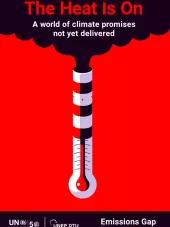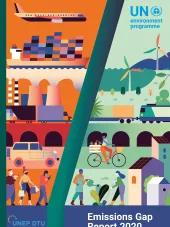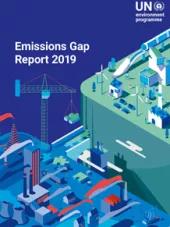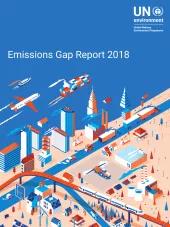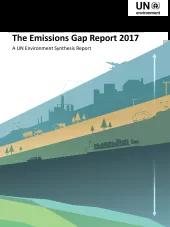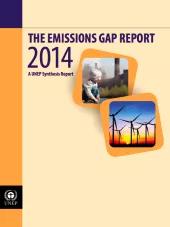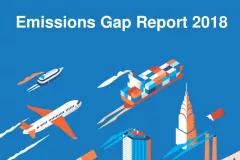The objective of this seventh UNEP Emissions Gap Report is to provide an up-to-date scientific assessment of the global progress towards the emissions reductions required to be on track to meet the long-term goal of the UNFCCC. In particular, this year the report emphasizes the implications of the Paris Agreement’s strengthened goal of holding the increase in the global average temperature to well below 2°C, and to pursue efforts to limit the temperature increase to 1.5°C above pre-industrial levels for immediate and longer-term mitigation action.
The 2016 Emissions Gap Report addresses the following key questions:
- What is the current status of pre-2020 mitigation action?
- What is the gap between the estimated level of global emissions in 2030 if the Intended Nationally Determined Contributions are fully implemented, and the range consistent with the well below 2 °C or 1.5 °C temperature goal?
- What are the possible emissions reduction contributions of non-state action and increased energy efficiency, and how can action in these areas be accelerated to enhance the ambition of nationally determined contributions?
- What do we know about the nexus between the Sustainable Development Goals and mitigation, and areas of alignment and conflict between the two?
NewClimate Institute staff (Niklas Höhne, Takeshi Kuramochi ) lead and contributed to Chapter 2 on pre-2020 action, Chapter 3 on 2030 trends and ambition and Chapter 4 on non-state action.


